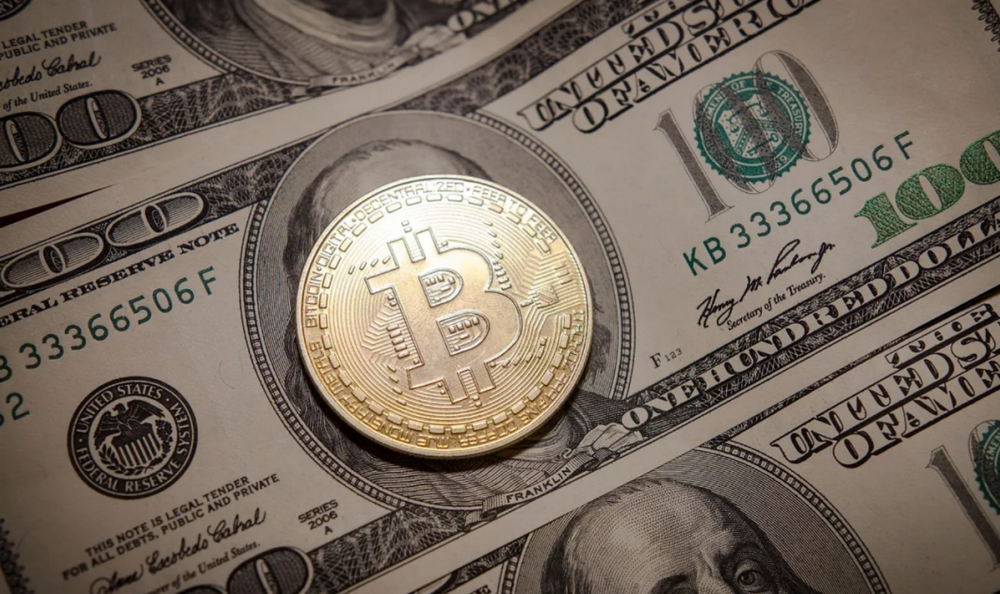DAO's ultimate question: Who owns the decentralized organization?
01 Foreword
As an entrepreneur, I have done a lot of tireless work on the co-founder’s shares, the dilitive clauses in the investment contract, and the restrictions that investors can do on what the executive team can actually do. discuss. However, like most founders, I enjoy giving myself the boss, and is therefore driven to make my own decisions, and then get the rewards I deserve when the company succeeds.
When I got involved in the world of encryption, my views changed a bit. Blockchain is a decentralized technology, but should projects based on it be decentralized? Who should retain ownership of the decentralized application? Who should decide how it is designed and produced? Who should get the economic value from it?
Building a community around open source applications and economic incentives is such a novelty. In my opinion, the common startup path is not the best way to coordinate large-scale collaboration driven by blockchain and encryption economics. The idea of using DAO (Decentralized Autonomous Organization) as a new tool to run decentralized projects seems to be a more appealing point of view.
But this also faces the same problem. Who should own the DAO and set the rules? Most of the current DAOs seem to be opened by a centralized team, similar to startups. Are these teams controlling DAO the same way that co-founders control startups? Or are they likely to have ownership of DAO? This article attempts to make a sneak peek into this issue.
- The story of the flock: the cryptocurrency market system risk that must be circumvented
- Ernst & Young: Blockchain solutions for wine traceability platforms
- The currency of the main online line is not fast selling? Historical data tells you that this is the most reasonable
02 Private property rights
Whether you like it or not, private property rights are indeed the cornerstone of our civilization. Since the famous Proudhon motto: "La propriété, c'est le vol!" ("property stolen"), the problem of encroachment on resources by natural or legal persons has often been Questioning. But the vast majority of modern attempts to collect ownership through the communist countries and smaller societies such as kibbutzim have failed. [Translator's Note: Kibbutz (Hebrew: קיבוץ, קִבּוּץ, that is, the meaning of "aggregation", English: Kibbutz, plural kibbutzim) is a collective community of Israel, used to be mainly engaged in agricultural production, and now Engaged in industrial and high-tech industries. Kibbutz's goal is to build a utopian community by mixing communist and Zionist ideas. People in the community have no private property, no wages for work, and education, food, shelter, education, and medical care are free. 】
Property rights are still seen as a natural right, and John Locke considers it to be an inseparable part of public liberty. In 1789, the French Human and Civil Rights defined it as sacred and inviolable, and further This is confirmed in the seventeenth Universal Declaration of Human Rights.
In Roman law, property rights are defined as a combination of three rights: usus (right to use of possessions), fructus (access to the economic value of possessions), abusus (right to dispose of belongings). As the owner of the car – if it was in the past, it could be a chariot – you can drive it somewhere, rent it to someone else and get it, or sell it.
The owner's control over his or her possessions may be temporarily removed, such as when the owner authorizes others to usufruct (the right to rent and use the item). The supremacy of the owner's rights depends on his right to dispose of possessions, which leads to an interesting paradox: a more realistic way of retaining ownership is that you can “get rid of it”!
03 Value and power
Another way of looking at ownership is to point out two basic aspects: value and power. Owners can derive value from their possessions, such as their utility or financial returns. They also have the right to decide how to obtain value from their possessions (through right to use, access to economic value, disposition), or to abstain (as a landlord decides to have some of its properties vacant).
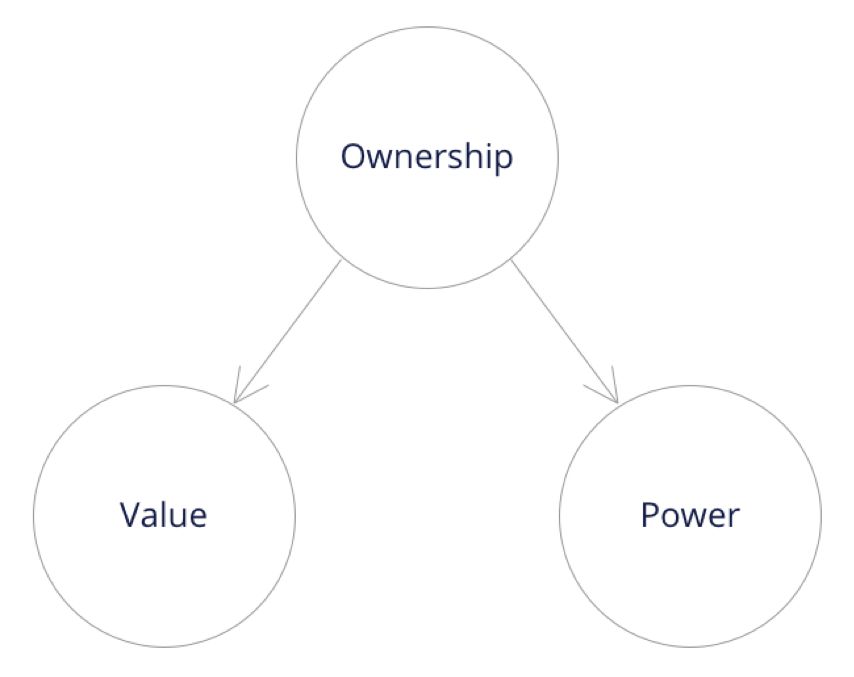
The company’s shares, which materialize the company’s ownership, combine the elements of these two aspects:
The right to plan and dispose of the company's strategy and resources is carried out by voting rights determined by the proportion of shares held by shareholders;
Dividends, as a measure of the economic value of a company, are allocated to them in proportion to the shareholder's share.
04 How decentralization affects ownership
Angela Walch tries to define “decentralization”:
"Decentralization basically says something like this: Distribute power from a single central control point and spread it." ("Decentralization is fundamentally about diffusing power by distributing it away from a central point of control".)
The term “decentralization” often leads to criticism because it is a negative expression: it clarifies that it is not what it is, and does not clarify what it is. However, Wage's definition is still somewhat substantive:
Decentralization as a state: a more or less diffusion of power;
Decentralization is a process: separating power from a single point of control.
As presented above, power is a fundamental attribute of ownership. If the power of something is decentralized, its ownership will be decentralized accordingly.
However, there is still much room for discussion in this definition. If decentralization means “no centralized control points,” the definition is neither to show how to impose control nor to indicate who will impose control.
05 So, who owns the ownership of DAO?
“DAO” stands for decentralized autonomous organization. According to the previous definition, we believe that such organizations do not have a centralized control point.
But what does this mean?

One way to look at the problem is to assume that DAO has many controlling entities, not one.
If the ownership of a DAO is owned by multiple parties, the power between the controlling entities is more or less evenly distributed, so the risk that a single or a small group of members will disproportionately control organizational power will be reduced.
The measure of the degree of decentralization of a DAO is then defined by the number of members of the organization and their respective influences. For example, in a network of cryptocurrencies, the degree of decentralization depends on factors such as the number of nodes, the number of miners or holders, the distribution of tokens held, and the number of developers.
There is no other way to prevent an organization from being controlled by a single entity: to hold the organization's control in the hands of the organization, rather than distributing it to multiple parties. Be owned by none.
This is the meaning of "A" in DAO – autonomy. A DAO can be understood as a self-owned entity, which can only be controlled by itself.
06 What is autonomy?
The idea that companies should be controlled internally—rather than relying on the will and temperament of distant shareholders—is not new. Cooperatives are a way of keeping power within an organization. The Cooperatives Statement states that a cooperative is a self-governing autonomous association formed by a jointly owned and democratically controlled enterprise that meets its common economic, social and cultural needs and visions.
Another way to stop the company from alienating is to use the economic and legal concept of “steward-ownership” to seek to ban the company’s “fiduciary owners” (such as controlling the company but not holding the company’s dividends). The manager"), thus retaining ownership of the company.
This owned company has been around for more than a century, and most of it is located in Northern Europe. They rely on legal mechanisms to ensure that the company’s control does not fall into the hands of people who only care about private interests. A common way to achieve this goal is to give voting rights to trusted individuals who do not have an economic interest in the company, usually through a foundation. Most of the profits are reinvested in the company or donated.
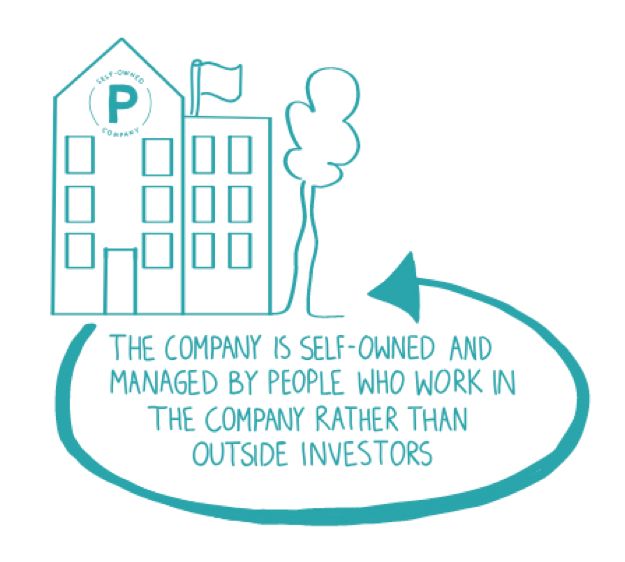
As Armin Steuernagel emphasizes, his own company "challenges the traditional idea of the importance of private company ownership." Because control is stripped from economic power, housekeepers do not enjoy economic incentives, which is contrary to the mainstream narrative that links business performance to economic incentives. In fact, on average, own companies have better market performance and have billions of dollars in companies such as Bosch or Zeiss.
Compared to cooperatives, their own companies place less emphasis on democratic governance (decentralization) because stewards are usually executives and managers. On the other hand, they use designed legal mechanisms to ensure that the company's own interests are higher than any private interest (autonomy), including the interests of internal shareholders.
07 Block-based autonomous organization
DAO gives the organization "self-righteousness" with a new meaning. DAO operates according to rules defined by anti-censorship, code on distributed networks. No one has the power to force the DAO to stop or change the rules governing it. Political, economic, and social forces have little impact on the structure of software sheltered by public blockchains.
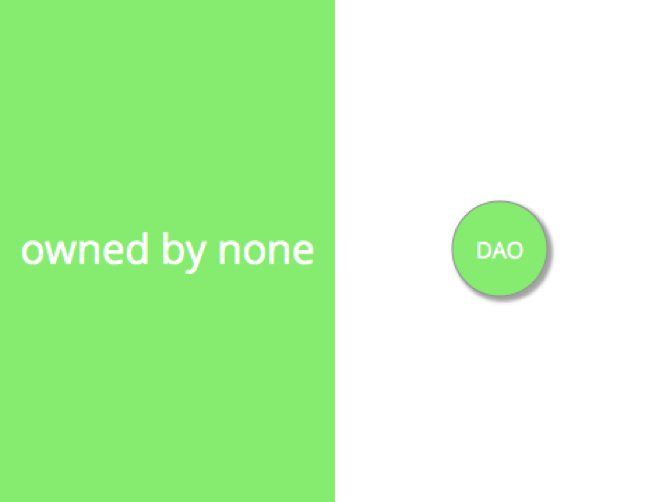
In this sense, DAOs are truly "autonomic" (ie autonomous, their etymology is Greek αὐτός – autós, meaning self, self-government, autonomy, and νόμος – nómos, meaning law), they are governed by themselves of. The liberation forces given by the code have led to a form of “autonomy”, even if the surrounding jurisdictions do not recognize them as legal persons. Code is their cornerstone, and if it runs on a public blockchain that is unaffected by political and economic power, nothing can change the behavior of DAO. In fact (De facto), they are owned by themselves, not others.
The same logic applies to the value level of ownership. DAO controls its own cryptographic assets, and they can exist forever – if this is what their code does. No one can get these assets unless the DAO code authorizes them.
08 An unconstrained tension
What conclusion can we draw from this tension between decentralization and autonomy, between multi-person and unmanned? How does it affect the way we design DAOs?
Here we consider two uncomplicated dimensions of DAO:
“Multiple people” means the social layer, and many parties have influence on the governance of DAO;
“No one is all” means the automation layer, which automates the DAO's operational rules.
As a deterministic protocol, the autonomous layer is basically unable to transform itself to provide adequate responses to evolutionary pressures.
Of course, by determining how the parties may express their preferences and how the parties make decisions (including decisions to change the agreement itself), we can organize the entire social process through the automation layer. However, the convergence of this social and autonomous layer usually requires chain governance and shortcomings.
The jurist Carl Schmitt argues that it is the duty of the governor to define an emergency that requires activation of an abnormal state, and therefore to stop normal decrees and to implement decisions that may lead to new decrees. This requires personal judgment – it can be a common personal judgment – and not just the result of the algorithm's operation.
Reijers, W., Woodsman, I, Manner, M., etc. believe that the measures taken by the Ethereum community in response to The DAO event in 2016 can be explained in a similar way. The social normality was broken by hackers, which caused a systematic financial risk to Ethereum itself. In the end, it decided to implement a hard fork, which is similar to the implantation of a new law.
The DAO event is a sudden demonstration of the tension between the social and autonomous layers. From the debate over Bitcoin block size to the recent debate about Szabo's Law, this tension continues to run in encrypted networks.
09 Complementarity – DAO's Road
Does DAO belong to itself, as an autonomous entity, or belong to multiple parties, as a decentralized organization? I think that the seemingly contradictory tension between the social and autonomous layers contains the real potential of DAO as a social technology.

Its social layer presents two key functions:
Legitimacy – formed from political and social processes
Social consensus may be manifest or vague, rough or formal, and implemented as a legal system or coding system. But even the most formal consensus, the self-enfored agreement requires the approval of the parties involved. If there is no "meeting of the minds", the process will be considered dictatorial and illegal.
Adaptability – due to human creativity and flexibility
In the face of evolutionary pressures and abnormal states, human resilient systems can transform themselves and give rise to new functions. The ability to transform such complex systems is reflected in deterministic procedures encoded in a protocol.
On the other hand, social processes are more likely to favor corruption and inherent opacity. This is where the flash of the autonomous layer is:
Transparency – provided by a blockchain that is a distributed, public transaction record.
The asymmetry of information within social groups leads to exploitation and undermines cooperation between peers. A shared, authoritative record of decision-making and contribution is essential for implementing oversight systems, accountability and conflict resolution in a wide range of ecosystems;
Self-enforcement – through the implementation of governance rules, the implementation of smart contracts
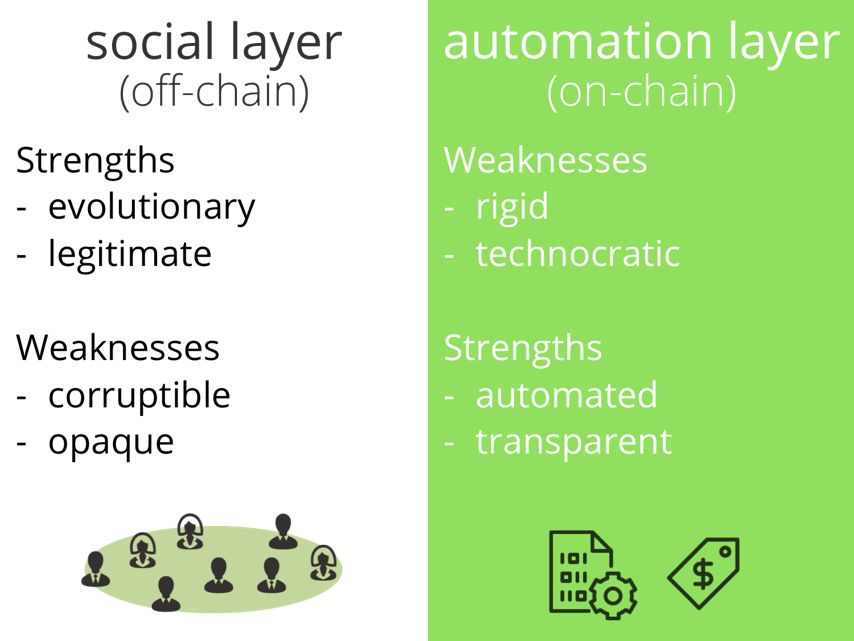
The automation of governance rules reduces the transaction costs between loosely connected organizations, making it possible to collaborate without the need for centralized authority.
When designing DAO, you need to stick both sides. Once the integration is completed, the social and autonomous levels will complement each other.
Through transparency (causing trust) and self-execution (prevention of excessive concentration of power), the autonomous layer will guard the degree of decentralization of the social layer.
Through legitimacy (preventing forks) and adaptability (providing flexibility), the social layer will guard the autonomy of the autonomous layer.
Hasu proved that the symbiotic relationship between the social and autonomous layers is the core of Bitcoin. With DAO, any large-scale, open organization or movement will be able to acquire the same powerful kinetic energy.
Special thanks: Theo Beutel, Hasu, Luke Jordan, Jack Laing, Zefram Lou, Marina Markezic.
Author: Honigman, Tribute Partner
Translator: Wang Zelong, Diana
Source: Carbon chain value
We will continue to update Blocking; if you have any questions or suggestions, please contact us!
Was this article helpful?
93 out of 132 found this helpful
Related articles
- Leihu, China Electronics Technology Standardization Institute: Building a blockchain test ecosystem based on standards
- The essence of high-end dialogue: How to understand the meaning of blockchain and bitcoin?
- Market Analysis: EOS starts cutting leeks, just waiting for BM's June big move
- 5 major events worth looking forward to in the second half of 2019
- Getting started with blockchain | What exactly is a smart contract?
- Nearly one-fifth of the central enterprise development blockchain – non-banking central enterprise blockchain practice
- Technical Guide | Plasma Core Certification Structure and Inspection

